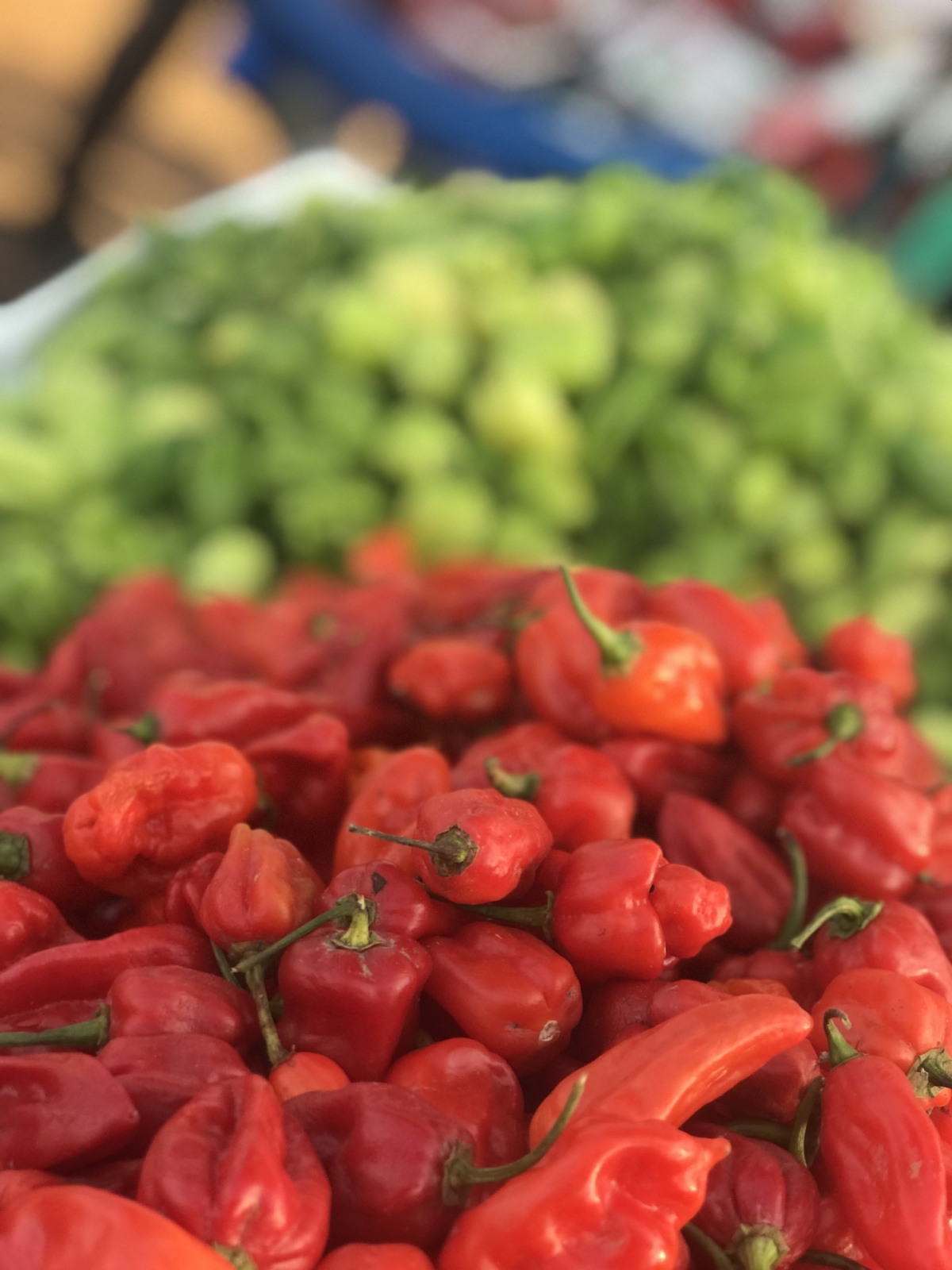There is a pattern in my Len Buonfiglio/St. Pierre stories, in case you haven’t noticed. Each of the stories is titled after a Caribbean food staple or dish and, like the Hitchcock cameos in his films, the food or dish makes an appearance in all of the stories.
My story, “Scotch Bonnet,” which was published in Down and Out Magazine, nominated for an Edgar and was chosen as one of the notable mystery short stories of 2019 in the book, The Best American Mystery Stories of 2019, has multiple references to the fiery hot pepper that is usually made into a sauce and found on every table in the Caribbean. I am fortunate to have a terrace where I live in New York and each summer I grow Scotch Bonnet peppers and convert them into a simple, yet tongue-numbing hot sauce.
My story, “Scotch Bonnet,” which was published in Down and Out Magazine, nominated for an Edgar
If you can’t grow your own peppers, you can find Scotch Bonnets in most Caribbean markets. They are hard to miss because they actually do look like bonnets and come in colors of beautiful red, orange, yellow and green. Here is the recipe I use for fermented Scotch Bonnet hot sauce.
1lbs or ripe (red, orange, or yellow) Scotch Bonnet (or habanero if you can’t find Scotch Bonnets) peppers.
1tbs sugar
1 tsp salt
¼ cup raw cider vinegar
Water
Vinegar (white, rice, or cider)
Rinse the peppers in cold water.
Roughly chop the peppers (wear gloves and your trusty face mask).
Put the peppers in a blender or food processor.
Add just enough water so the peppers liquefy, a quarter cup, probably no more.
Blend the peppers into a mash.
Pour the mash into a clean glass jar.
Add the sugar, salt and raw cider vinegar and stir to combine.
Cover the jar with cheese cloth and keep in a shady, cool place in your kitchen. Do not refrigerate.
Stir daily.
If white mold forms, skim it off.
Let it ferment for a few weeks to a month.
Return the mash to the blender and blend again.
Pour through a fine mesh strainer which will remove the skin and seeds, pressing down on it so all that precious juice and pulp flows through.
Measure the juice and add half of its volume of vinegar. For one cup of pepper juice you want a half cup of vinegar. You can use white, apple cider, or rice vinegar. A neutral vinegar is best.
Mix the vinegar and pepper juice and store it in a glass bottle for serving. You can keep it in the refrigerator, but I don’t. I don’t worry about bacteria with all that vinegar and acid from the peppers. It lasts a very long time.
